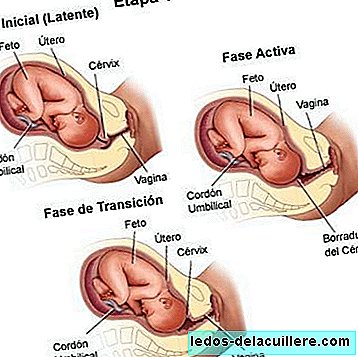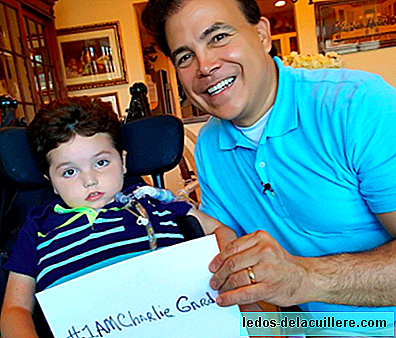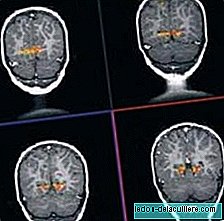
At our Delivery Plan Guide we come now to dilation A series of medical practices have been carried out, each of which we can explain our position and desires. Some of these actions were included as routine until recently, however, once the Normal Birth Attention Strategy was launched, many of them should no longer be carried out by protocol as it has been shown that they do not favor but rather harm the childbirth development
This is how the Ministry of Health explained to us a year ago the objectives that were set.
Analysis and review of routine practices such as shaving of the perineum, administration of enema during childbirth or episiotomy, and adequate information on the period of dilation, pain management during childbirth, accompaniment in delivery, delivery and postpartum, maternal position during the expulsion period, the delivery itself, early mother-newborn contact and immediate postnatal care.
This has been a breakthrough, but it is important for women to include in our Delivery Plans what we want in regard to these practices that are being analyzed. Let's turn to them: enema, shaving, oxytocin application, bag breakage, food intake or freedom of movement are the issues to consider during dilation.
The first issue is the application of enema. Until now it was done to all parturients. For some people it is very annoying and today it is considered that there is no evidence of its general benefits. If we do not want it, since evacuation usually occurs spontaneously during dilation. We can include that we do not want to be done.
It was also, and is still common in some centers, the shaved. There is no evidence to support the theory that indicated that this reduces the risk of infection in case of tearing or episotomy. It is annoying when the hair begins to grow and it is an unnecessary practice that we can ask not to do.
Childbirth is a natural process, not a disease. Women, in a normal birth, do not need any medication that accelerates or regulates contractions. Therefore, the application of synthetic oxytocin It has to be recommended only in cases that are necessary, not by custom. The use of synthetic oxytocin to accelerate a delivery without problems can generate them according to current research, and it is also considered to increase the sensation of pain. Routine use is not recommended and so we can reflect it in the Delivery Plan If it is our wish.
If synthetic oxytocin becomes necessary, we have, as explained above, to be informed of the reason and its consequences, both positive and negative.
The bag breakage, If this does not happen in the dilation, it is not necessary nor does it accelerate the delivery, also making us more vulnerable to infections. If we wish, we can include that we do not want to be done.
Move during delivery it is convenient. It helps the labor to progress and allows our body to look for the best postures to relieve pain and not get stuck after hours of immobility. If we do not receive drip, or oxytocin, or routine internal monitoring, in a delivery without complications we can enjoy this necessary freedom of movement. We can also indicate it in the Delivery Plan.
Until recently, parturients were kept without receiving food or liquids during all labor with the explanation of avoiding setbacks if a surgical intervention became necessary. Today, if this is not foreseen, there is no reason not to drink or soft food in case of fancy. A great effort awaits us and not receiving food or liquids, even if a leak is given, it will not help us.
Obviously, all the notes that I present in this Guide are suggestions. It is you who must decide which of them you consider important to mention. In the following topics we will discuss the expulsive, pain management, moments immediately after delivery and other indications to include in case of deliveries in which direct medical intervention is necessary.












